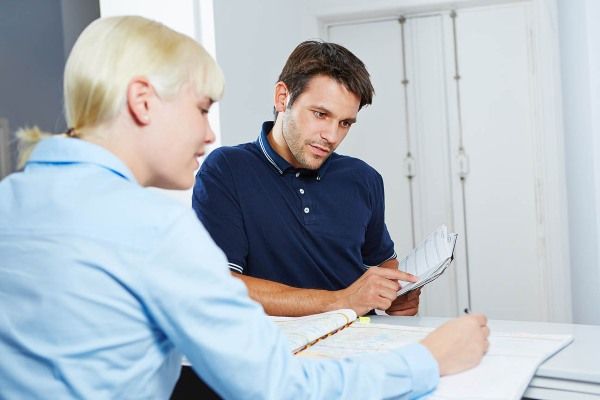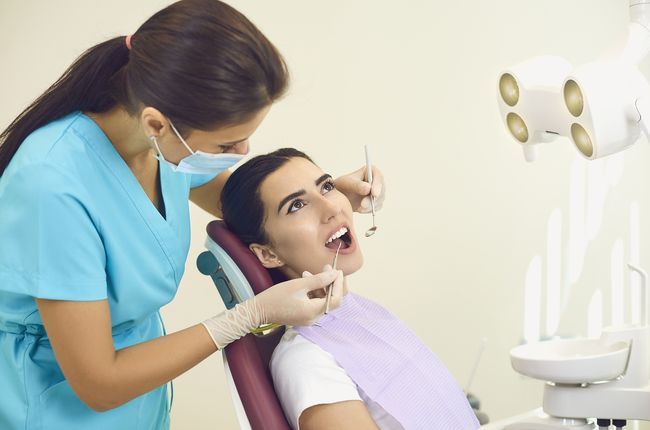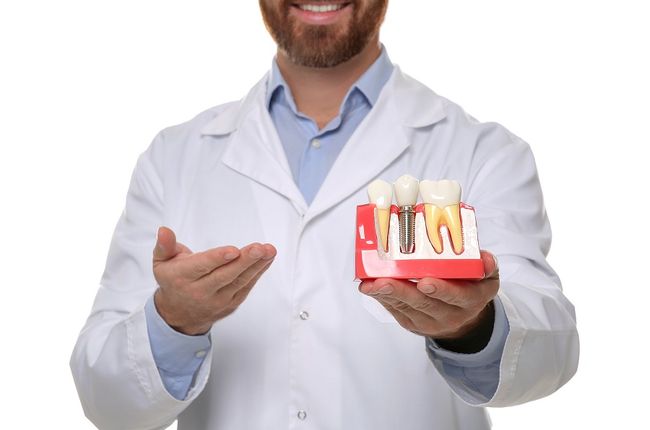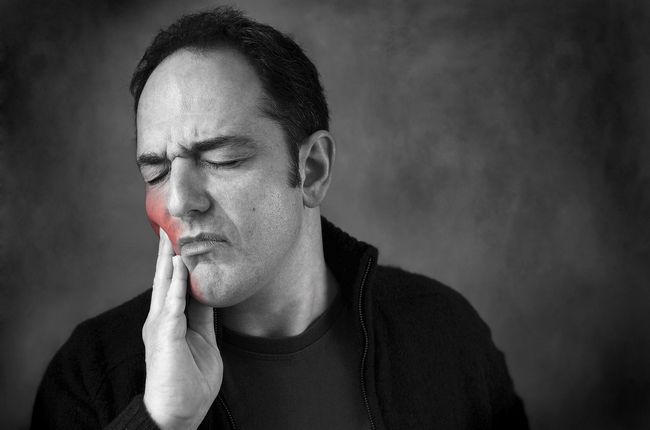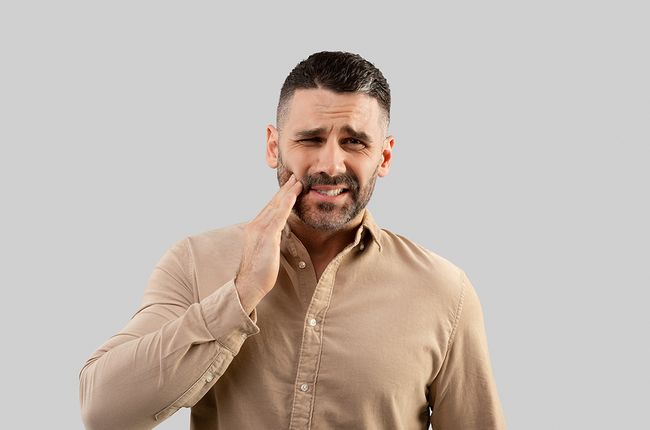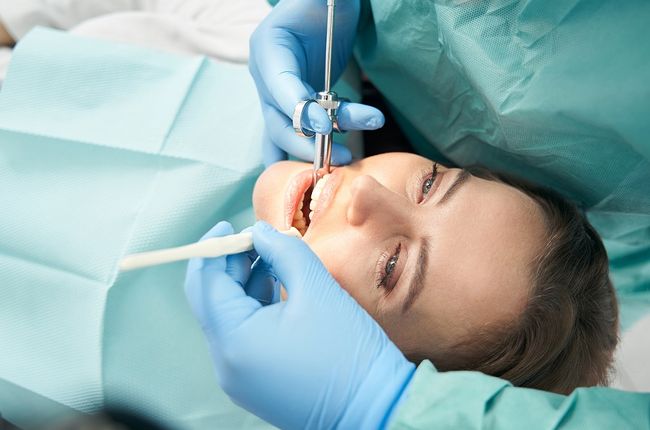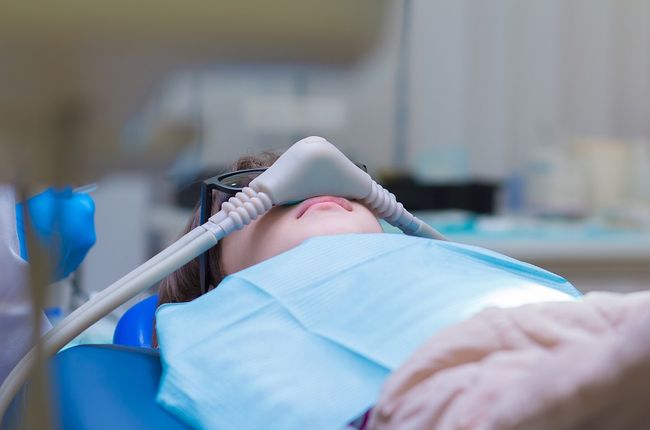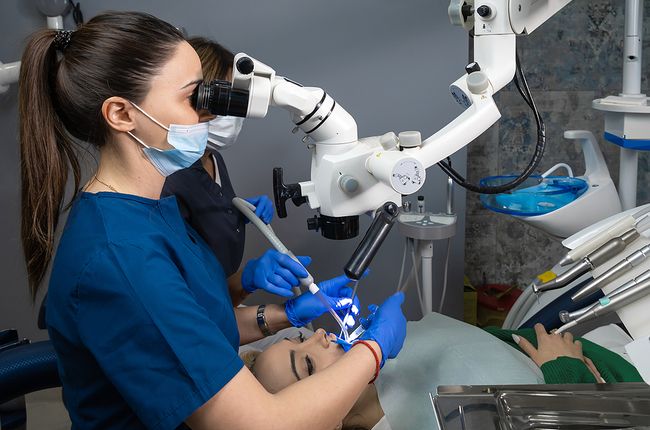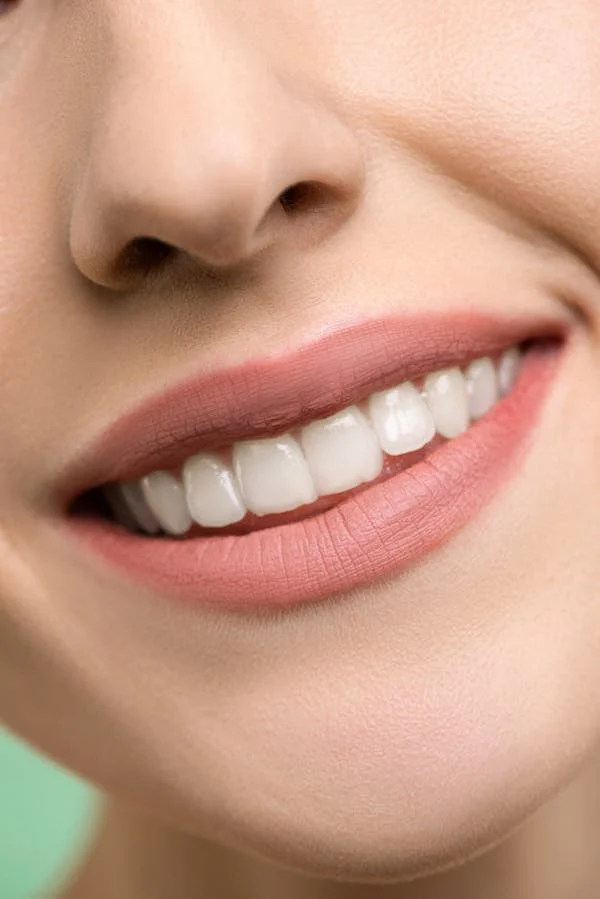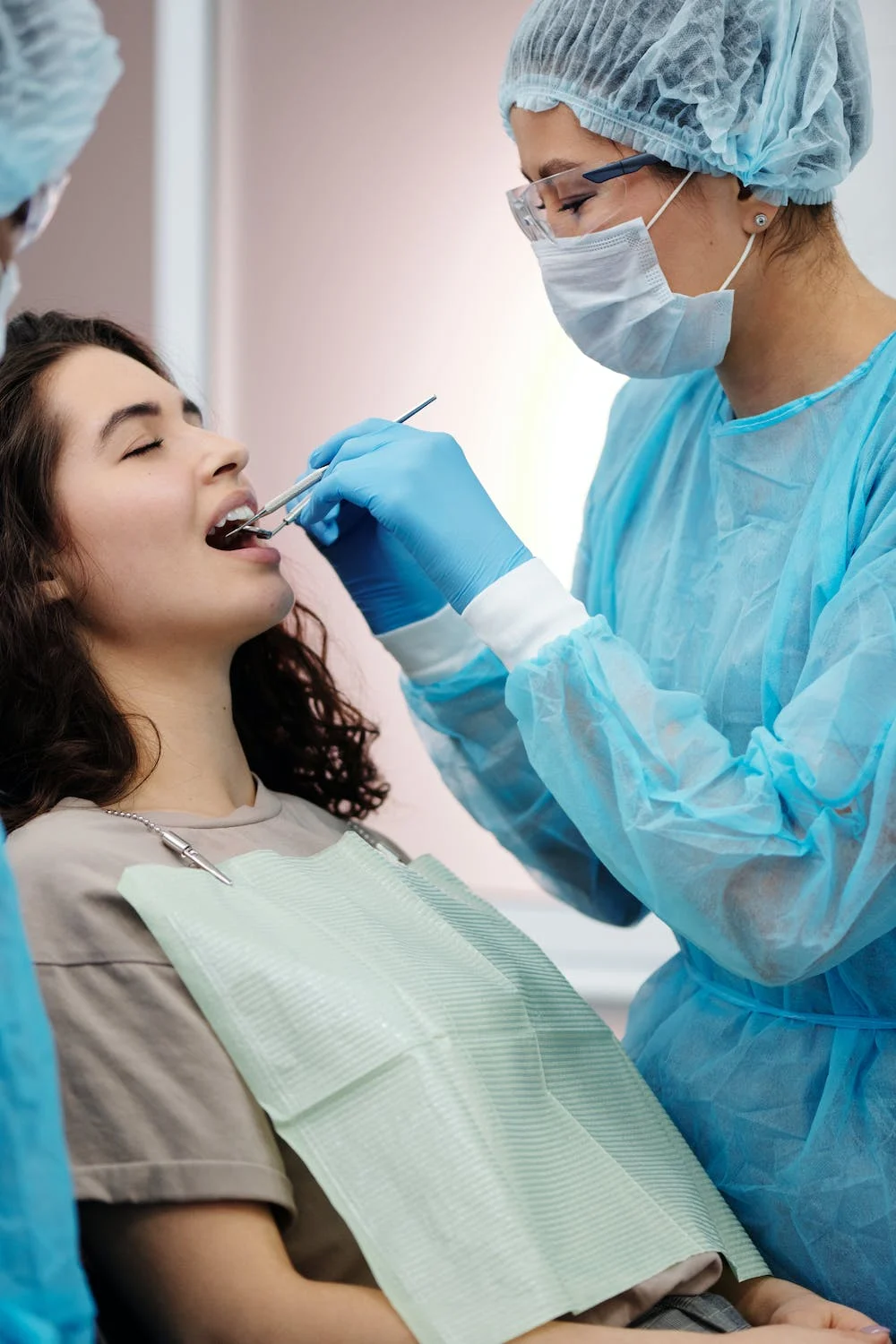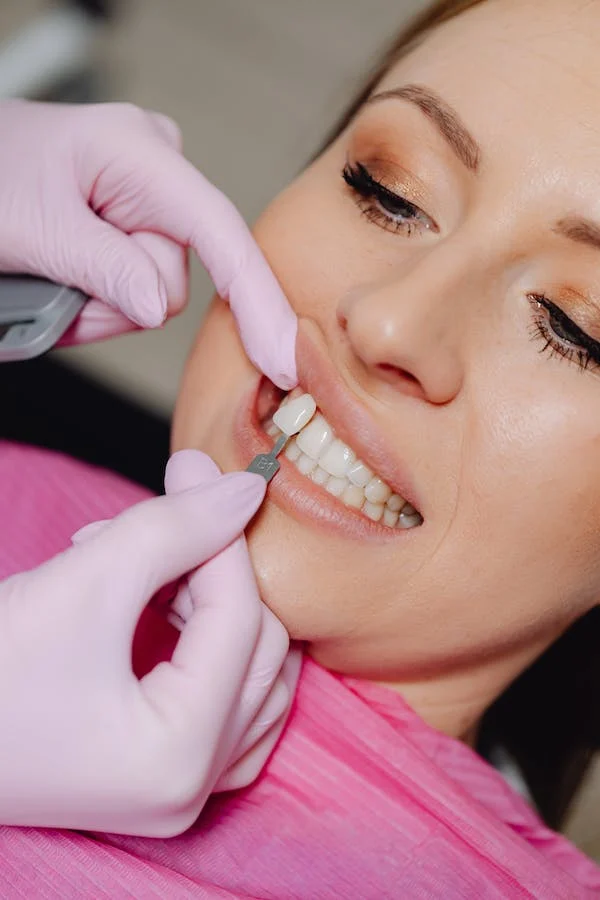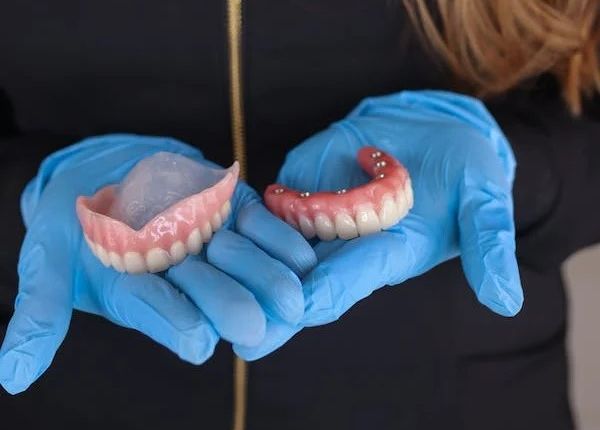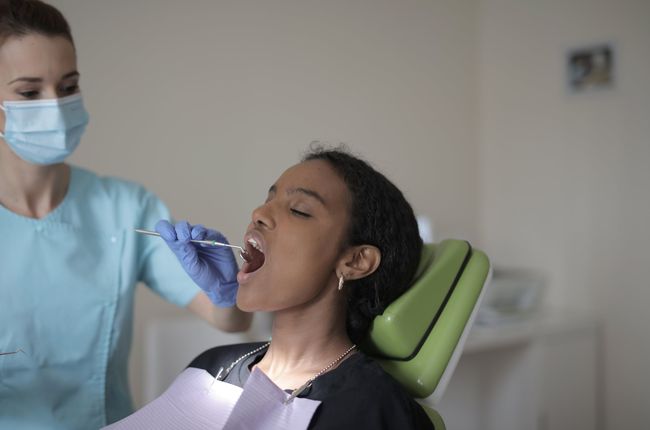Gum Disease/Gingivitis in Riverside, CA
Gum disease, or gingivitis, is a common oral health condition characterized by inflammation and infection of the gums. It occurs when plaque, a sticky film of bacteria, builds up along the gum line and irritates the surrounding tissues. If left untreated, gum disease can progress to periodontitis, which can lead to tooth loss.
Causes of Gum Disease
Gum disease, also known as gingivitis, can be caused by a variety of factors.
- One of the main causes is poor oral hygiene. When you don't brush and floss regularly, plaque builds up on your teeth and along the gumline. This plaque contains bacteria that can irritate your gums and lead to inflammation.
- Another common cause of gum disease is smoking or using tobacco products. Tobacco use not only stains your teeth but also interferes with the healing process in your mouth, making it easier for gum disease to develop.
- Certain medical conditions, such as diabetes or hormonal changes during pregnancy, can also increase the risk of developing gum disease. These conditions affect the body's ability to fight off infection and can make the gums more susceptible to damage.
- Additionally, genetics may play a role in determining whether someone is more prone to developing gum disease. If you have a family history of periodontal problems, it's important to be extra vigilant about oral hygiene.
- Certain medications like anticonvulsants or immunosuppressants can affect oral health and contribute to gum disease development.
Understanding these causes can help you take proactive steps toward preventing gum disease and maintaining good oral health.
Symptoms of Gum Disease
Gum disease, also known as gingivitis, can sneak up on you without warning. It's important to recognize the symptoms so that you can seek treatment before it progresses into a more serious condition. Here are some common signs to watch out for:
- Bleeding Gums: One of the first signs of gum disease is bleeding gums, especially when brushing or flossing. If you notice blood in the sink after brushing your teeth, it's time to pay attention.
- Swollen and Red Gums: Healthy gums should be pink and firm. However, if your gums appear swollen or red instead, it could be a sign of gum disease.
- Persistent Bad Breath: Bad breath that won't go away even with regular oral hygiene could be an indication of gum disease. The bacteria causing the infection release foul-smelling gases.
- Receding Gums: As gum disease progresses, you may notice your gums pulling away from your teeth and exposing more tooth surface than usual.
- Loose Teeth: In advanced stages of gum disease, the supporting bone structure weakens, leading to loose teeth or changes in how they fit together when biting down.
If you experience any of these symptoms, don't ignore them! Schedule an appointment with your Dentist in Riverside, CA as soon as possible to address the issue before it worsens.
Treatment Options for Gum Disease
When it comes to treating gum disease, there are several options available depending on the severity of the condition. The treatment plan will be determined by your dentist or periodontist after a thorough examination and assessment.
- One of the most common treatments for gum disease is scaling and root planing. This involves removing plaque and tartar from below the gumline, as well as smoothing out rough spots on the roots of your teeth to prevent bacteria buildup.
- In some cases, antibiotics may be prescribed to help eliminate any remaining infection or control bacterial growth. These can be taken orally or applied directly to the affected area.
- For more advanced stages of gum disease, surgical intervention may be necessary. Procedures like flap surgery or bone grafting may be recommended to reduce pocket depth and restore damaged tissues.
- In addition to professional treatments, maintaining good oral hygiene practices at home is crucial in managing gum disease. This includes regular brushing with a soft-bristled toothbrush, flossing daily, and using an antibacterial mouthwash.
It's important to remember that early detection and prompt treatment offer the best outcomes when it comes to managing gum disease. Regular dental check-ups are essential for catching any signs of trouble before they progress into something more serious.
Prevention Techniques for Gum Disease
Maintaining good oral hygiene is crucial in preventing gum disease. Here are some effective techniques to keep your gums healthy and avoid gingivitis:
- Brushing: Regular brushing at least twice a day with a soft-bristled toothbrush helps remove plaque and bacteria from the teeth and gums. Make sure to brush gently along the gum line.
- Flossing: Daily flossing is essential to clean between teeth where a toothbrush can't reach. It removes food particles, plaque, and debris that may accumulate in those hard-to-reach areas.
- Mouthwash: Using an antimicrobial mouthwash can help reduce bacteria in the mouth, freshen breath, and prevent gum disease.
- Healthy Diet: A well-balanced diet rich in vitamins and minerals strengthens your immune system, which plays a vital role in fighting off infections, including gum disease.
- Avoid Tobacco Products: Smoking or using other tobacco products increases the risk of developing gum disease significantly.
- Regular Dental Check-ups: Schedule regular dental visits for professional cleanings and check-ups, as dentists can detect early signs of gum disease before it progresses into more severe stages.
By incorporating these prevention techniques into your daily routine, you can maintain healthy gums and reduce the risk of developing gum diseases like gingivitis!
Conclusion
Taking care of your gums is essential for maintaining good oral health. Gum disease, also known as gingivitis, is a common problem that affects many people. It can lead to serious complications if left untreated. In this article, we have explored what gum disease or gingivitis is and discussed its causes and symptoms. We have also looked at various treatment options available to manage the condition effectively. Prevention plays a crucial role in keeping gum disease at bay. By practicing good oral hygiene habits such as brushing twice daily, flossing regularly, and visiting your dentist for regular check-ups, you can significantly reduce the risk of developing gum disease.
Remember that early detection and prompt treatment are vital in preventing further damage to your gums and teeth. If you notice any signs or symptoms of gum disease like swollen or bleeding gums, bad breath, or loose teeth, seek professional help immediately. By staying proactive about your oral health and following the preventive measures mentioned in this article, you can maintain healthy gums throughout your life.
So take charge today! Invest time in caring for your gums because they deserve it. Your smile will thank you! For the best dental care customized to your needs, visit Riverside Tooth Co. at 6886 Indiana Ave Suite B, Riverside 92506, or call (951) 686-2565.
Contact Us
6886 Indiana Ave Suite B,
Riverside, CA, CA, 92506
Email: info@riversidetoothco.com
Phone: (951) 686-2565
Working Hours
MON8:00 am - 5:00 pm
TUE - THU9:00 am - 6:00 pm
FRI7:00 am - 12:00 pm
SAT - SUNClosed




